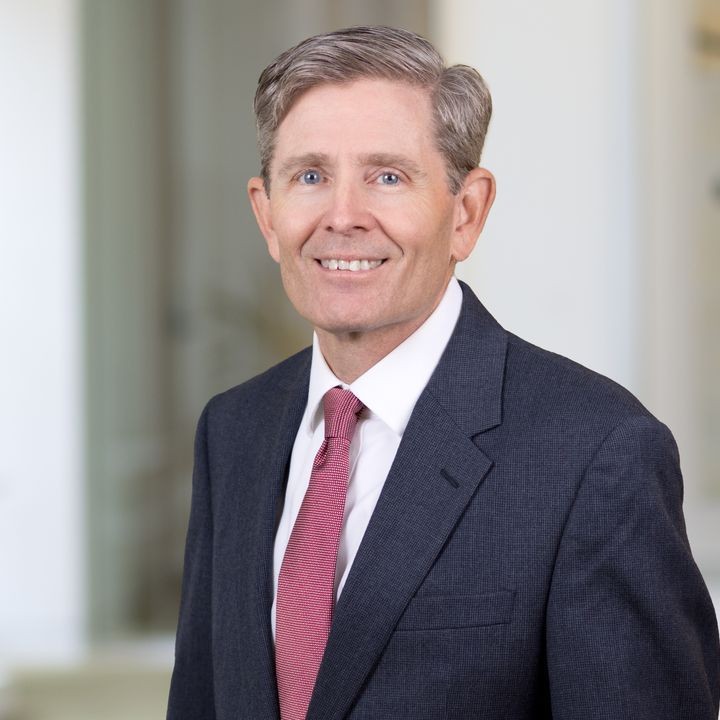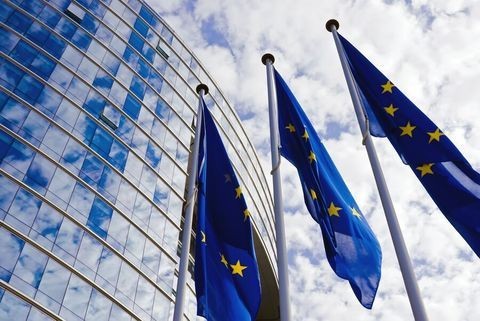California and Oklahoma Courts Say Drug Companies Aren't Liable Under a Public Nuisance Theory for the Opioid Epidemic
Client Alert | 3 min read | 11.30.21
This month, pharmaceutical companies won significant victories in California and Oklahoma state courts in their ongoing battle with plaintiffs seeking to hold them responsible for the nation’s “opioid overdose epidemic” — an epidemic, as described by the Centers for Disease Control and Prevention (CDC), that has spawned thousands of lawsuits filed by states and localities across the country.
On November 1, an Orange County judge in State of California vs. Purdue Pharma L.P. ruled that four California counties had failed to prove that pharmaceutical companies created a public nuisance through their advertising of opioid products. Just over a week later, on November 9, the Oklahoma Supreme Court in State ex rel. Hunter v. Johnson & Johnson reversed a judgment against Johnson & Johnson (“J&J”), finding that the lower court incorrectly interpreted the state’s public nuisance statute when it held that the drug maker’s opioid marketing campaign led to the creation of a public nuisance.
In both cases, plaintiffs argued that the companies’ marketing campaigns misled doctors and patients by downplaying the drugs’ risks while overstating their benefits.
Neither court, however, was willing to extend its state’s public nuisance law to include the defendants’ conduct. First, the court in Purdue, applying California state law, determined that a public nuisance claim requires proof that a defendant knowingly created an unreasonable interference with a public right. State law also required proof of causation as a necessary element of any public nuisance claim.
Upon review, the court found that plaintiffs failed to prove both the “unreasonable interference” and causation elements. First, defendants’ actions were entirely reasonable: defendants followed the law when they submitted the drugs for government approval. The government then approved the drugs, cognizant of their risks but determining that the benefits of appropriately prescribed opioids outweighed any potential harm caused by them. Thus, the court held that even if the companies had engaged in false advertising, “any adverse downstream consequences flowing from medically appropriate prescriptions [could not] constitute an actionable public nuisance” given that the government had determined that the “social utility of medically appropriate prescriptions outweigh[ed] the gravity of the harm inflicted by them.” As a result, defendants’ conduct did not constitute an unreasonable interference with any public right. Second, plaintiffs failed to prove causation because they did not present evidence that defendants’ marketing practices caused doctors to write medically inappropriate prescriptions. Thus, defendants did not create a public nuisance.
Likewise, the Oklahoma Supreme Court in Hunter, applying that state’s nuisance statute, stated that a nuisance consisted of an unlawful act that annoyed others, offended decency, or unlawfully interfered with the use of land. State law added that the public nuisance tort covered conduct performed in a location within a party’s control that harmed the general public’s common rights to use land. Upon review, the court declined to extend the state’s public nuisance law to J&J’s marketing of prescription opioids, which are lawful products, for three reasons: (1) the manufacture and distribution of products rarely cause a violation of a public right, (2) a manufacturer does not generally have control of its product once it is sold, and (3) a manufacturer could be held perpetually liable for its products under a nuisance theory. Ultimately, the court found public nuisance to be “fundamentally ill-suited to resolve claims against product manufacturers.” It concluded that these claims were best addressed via product liability law, not public nuisance.
Going forward, it remains to be seen if these rulings will influence how courts nationwide handle similar claims. One of the first tests will likely come out of Ohio, where, on November 23, a federal jury found that pharmacy chain operators created a public nuisance by producing an oversupply of legal prescription opioids, some of which were diverted to the illicit market. The operators intend to appeal the verdict. Thus, the Sixth Circuit Court of Appeals will likely hear arguments about public nuisance similar to those raised in Purdue and Hunter — arguments that question whether defendants’ actions constituted unreasonable interference or caused a violation of a public right. Purdue and Hunter could potentially serve as roadblocks in the plaintiffs’ bar’s attempt to broaden the reach of public nuisance law.
Contacts
Insights
Client Alert | 6 min read | 11.05.25
The EU’s Defense Readiness Roadmap and Omnibus: What Are the Competition Law Implications?
As part of a comprehensive plan to ensure that EU Member States achieve “defense readiness” by 2030, the European Commission has proposed a package of measures to facilitate public and private investments in defense by simplifying legal frameworks relevant to defense. In a previous alert, we provided an overview of the Defense Readiness Omnibus and examined its implications for defense procurement. In this alert, we focus on its implications for the enforcement of competition law.
Client Alert | 6 min read | 11.03.25
ICE Is Suddenly At The Door: How Retailers, Hospitals, And Hotels Can Survive The Surprise Visitor
Client Alert | 6 min read | 11.03.25
Client Alert | 13 min read | 10.30.25
Federal and State Regulators Target AI Chatbots and Intimate Imagery




